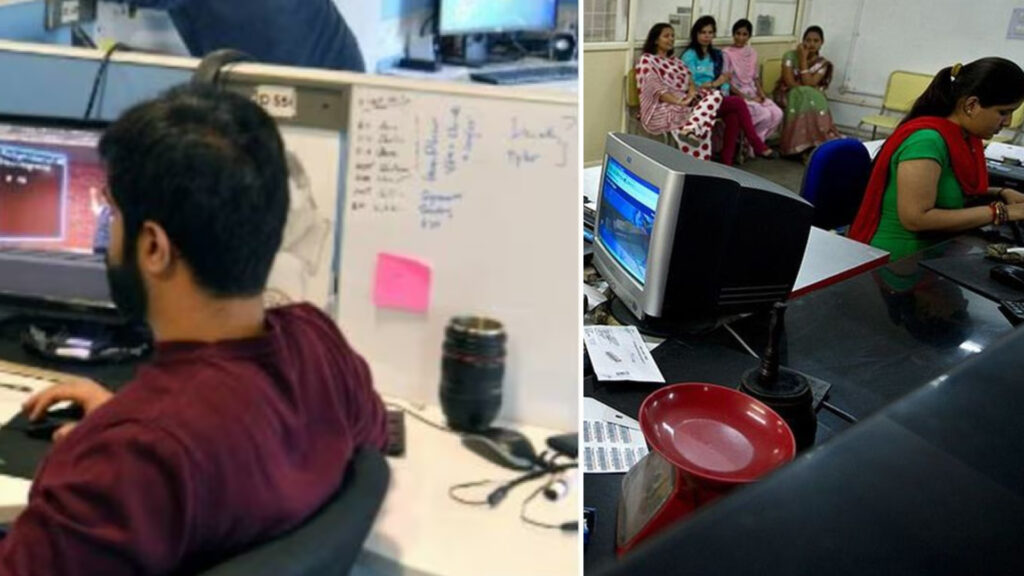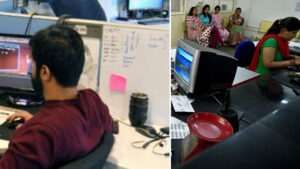7 Times a Reusable Rocket Lands Smoothly: How SpaceX is Revolutionizing Space Travel & Our Planet
The roar of a rocket ascending into the inky blackness is awe-inspiring, but what happens next is truly redefining humanity’s relationship with space: a reusable rocket lands smoothly. On Tuesday night, May 6, 2025, from the historic Launch Complex 40 at Florida’s Cape Canaveral Space Force Station, we witnessed yet another testament to this paradigm shift. SpaceX, under the visionary leadership of Elon Musk, launched 28 more Starlink satellites, not just expanding global internet coverage but also showcasing the incredible maturity of reusable rocket technology. This wasn’t just another launch; it was the 53rd Falcon 9 mission of 2025, and a remarkable 36th dedicated Starlink launch this year alone – a cadence that was once unthinkable.
But the real magic, the part that truly makes you lean forward in your seat, unfolded just minutes after liftoff. Booster B1085, a veteran of the cosmos, completed its seventh journey to space and back. For those of us who grew up with the notion of rockets being single-use, disposable machines, witnessing B1085 execute a flawless flight and landing sequence on the “Just Read the Instructions” drone ship in the Atlantic Ocean is nothing short of breathtaking. It’s a dance of precision engineering and controlled power, a feat that feels more like science fiction made real with each successful landing.
The Undeniable Power of Reusability: Beyond the Spectacle

Why is a reusable rocket lands smoothly so profoundly impactful? It’s far more than just a cool spectacle. This commitment to reusability, epitomized by boosters like B1085, represents one of SpaceX’s most significant achievements in both cost-saving and sustainability. Imagine a world where airplanes were discarded after every flight, or cars after every road trip. The sheer inefficiency and cost would be astronomical. The same principle applies to spaceflight. By making rockets reusable, SpaceX dramatically slashes the cost per launch, making space far more accessible and ushering in an era of unprecedented mission tempo. This allows for the near-weekly launches we’ve come to expect, propelling us closer to a truly spacefaring civilization.
Consider the economic implications: traditionally, rocket components were designed to be expended, a colossal waste of intricate, high-value engineering. Reusability turns this on its head, distributing the immense manufacturing cost across multiple missions. This financial efficiency isn’t just about saving money for SpaceX; it’s about enabling a wider array of ventures in space, from scientific research to commercial endeavours, by lowering the barrier to entry.
you might like this : Asteroid Vesta Shocker: 5 Devastating Truths That Change Everything
Starlink’s Exponential Growth: Connecting the Unconnected
As B1085 gently touched down, the Falcon 9’s upper stage continued its ascent, deploying the 28 new Starlink satellites into low Earth orbit (LEO). These small, solar-powered marvels, once they maneuver into their final positions over the next few days, will swell the ranks of the Starlink constellation to over 7,200 satellites. Think about that for a moment: over 7,200 interconnected nodes, weaving a web of connectivity around our planet.
This ever-expanding network is specifically engineered to deliver high-speed, low-latency satellite internet to users globally. The implications for underserved and rural regions, often neglected by traditional infrastructure, are nothing short of revolutionary. While polar coverage still has some limitations, the vast majority of the populated world is now within Starlink’s digital embrace.
For remote communities, this isn’t just about faster downloads; it’s a lifeline. It means:
- Access to education: Online learning platforms become viable, bridging the knowledge gap.
- Economic opportunities: Small businesses can connect to global markets, fostering local growth.
- Improved healthcare: Telemedicine becomes a reality, bringing vital services to isolated areas.
- Enhanced communication: Families and friends stay connected, no matter the distance.
Starlink isn’t merely an engineering triumph; for millions, it’s a profound social and economic game-changer, leveling the playing field in an increasingly digital world.
Beyond Starlink: Laying the Foundation for Our Multi-Planetary Future
The May 6 mission, while significant for Starlink, is just one thread in SpaceX’s ambitious, multi-pronged strategy. Parallel to these vital Falcon 9 launches, the company has also conducted two Starship test flights in 2025. These monumental tests are not about internet connectivity but about developing heavy-lift capabilities for humanity’s grander aspirations: future Mars missions and the deployment of next-generation, even larger satellites.
Starship represents the next leap in space travel, a fully reusable transportation system designed to carry both crew and cargo to Earth orbit, the Moon, and Mars. The sheer scale and ambition of this project underscore SpaceX’s long-term vision – a future where humanity is a multi-planetary species. The breakthroughs in reusability achieved with the Falcon 9 are directly informing and accelerating the development of Starship, creating a virtuous cycle of innovation.
want to know more about : SpaceX reusable launch system development program
The Sky Is Not the Limit: A New Era of Accessibility
As SpaceX continues its relentless pursuit of global broadband accessibility, each mission plays a crucial role in fundamentally reshaping how the world connects. The once-fantastical concepts of reusable rockets, autonomous landings, and a satellite constellation spanning continents have swiftly transitioned from the realm of science fiction to standard operating procedure. This rapid progression is a testament to human ingenuity and the power of persistent innovation.
The rhythm of SpaceX’s operations, exemplified by the frequency of missions like the one on May 6, paints a clear picture: the future of space exploration and global connectivity is unfolding before our very eyes, propelled forward by a company that consistently pushes the boundaries of what’s possible. And as we look ahead, one thing is certain: Tuesday’s successful launch, where a reusable rocket lands smoothly once again, is merely a prelude to the many more astounding achievements yet to come. The sky, it turns out, is truly no longer the limit; it’s merely the beginning.













